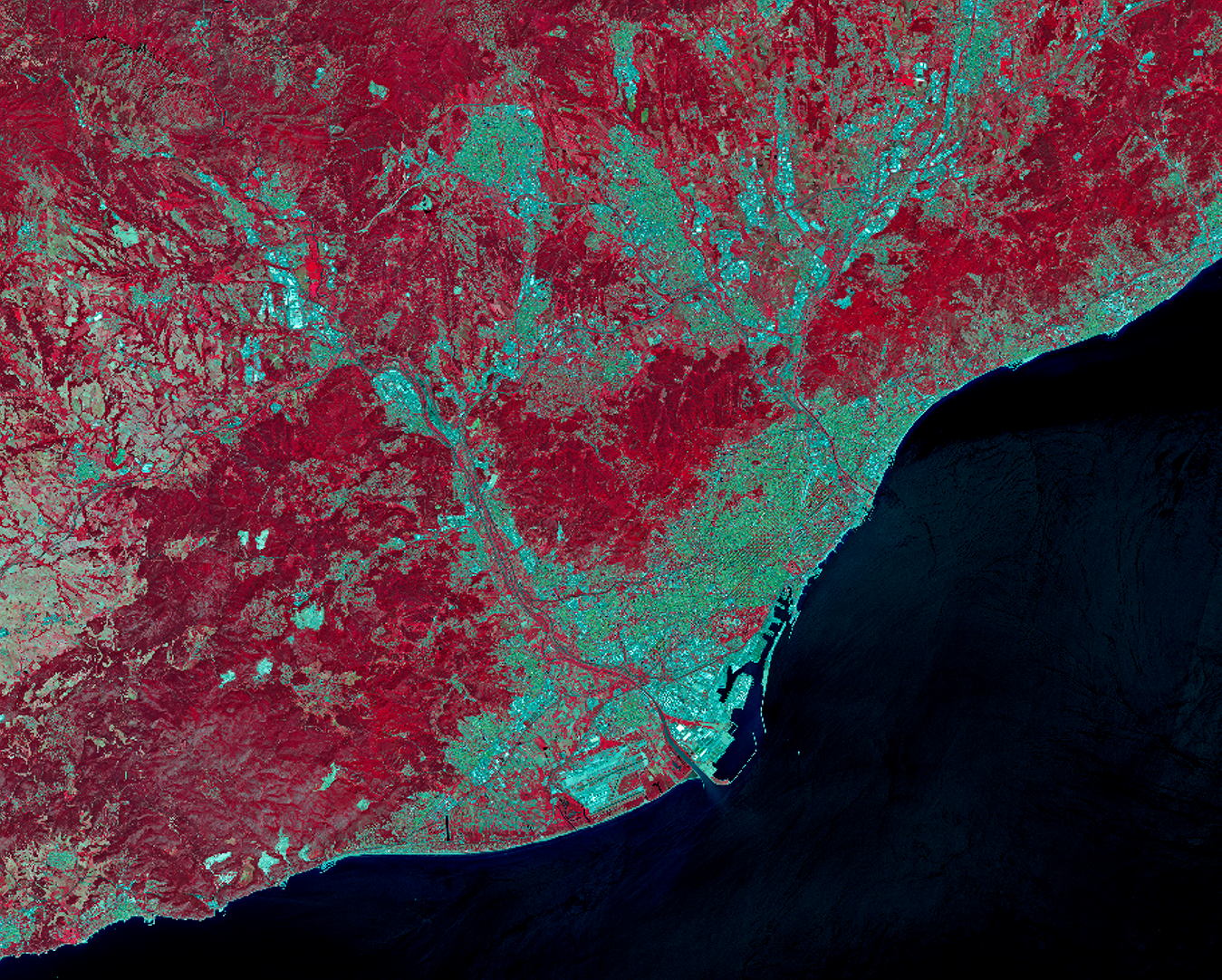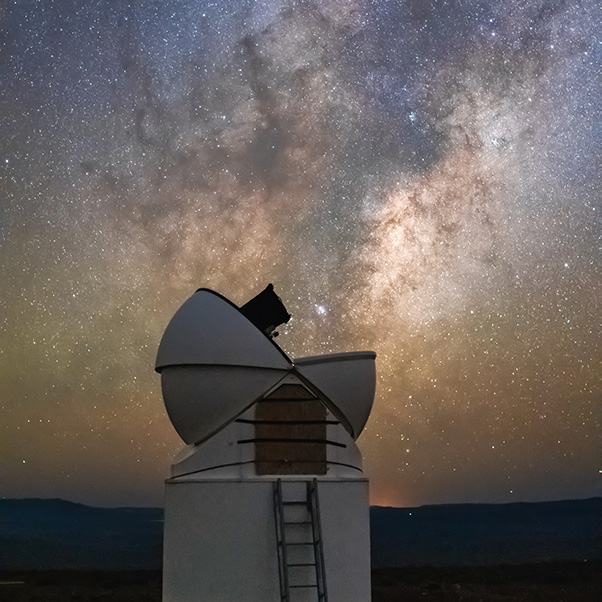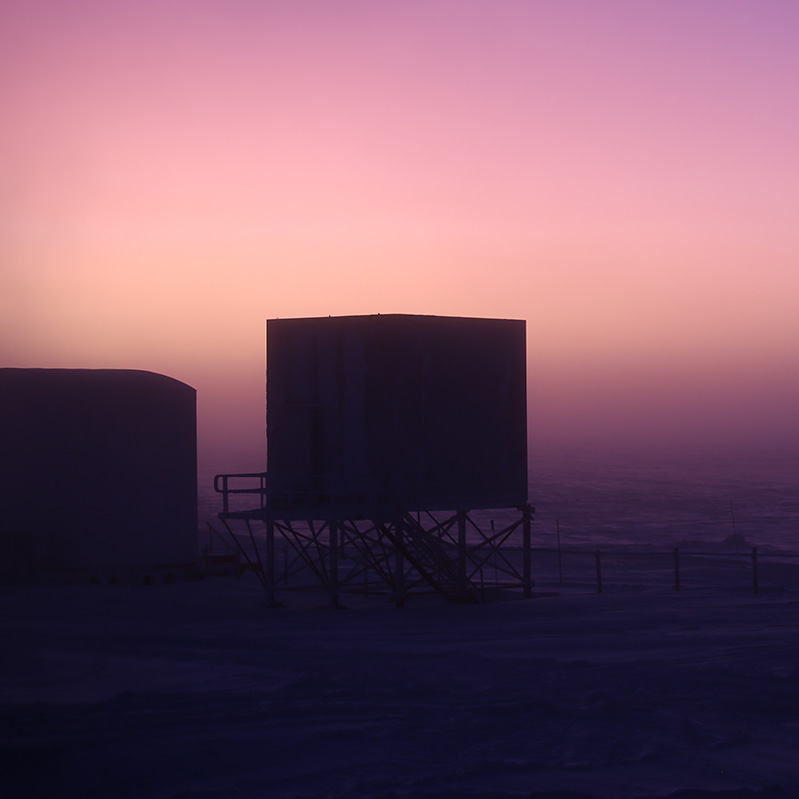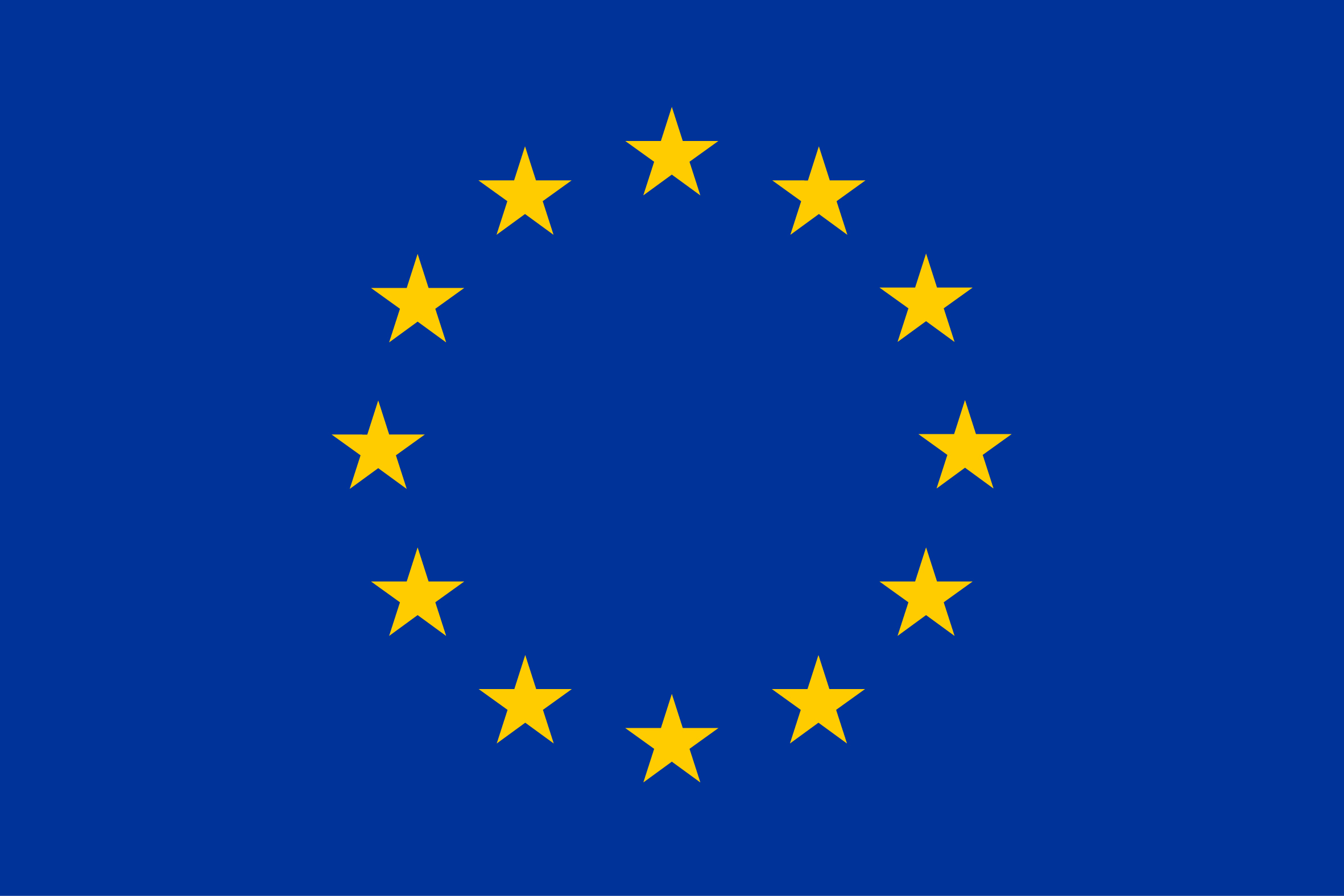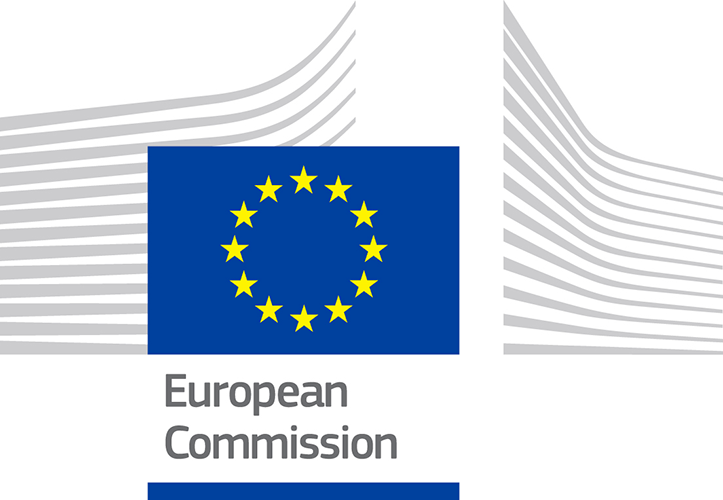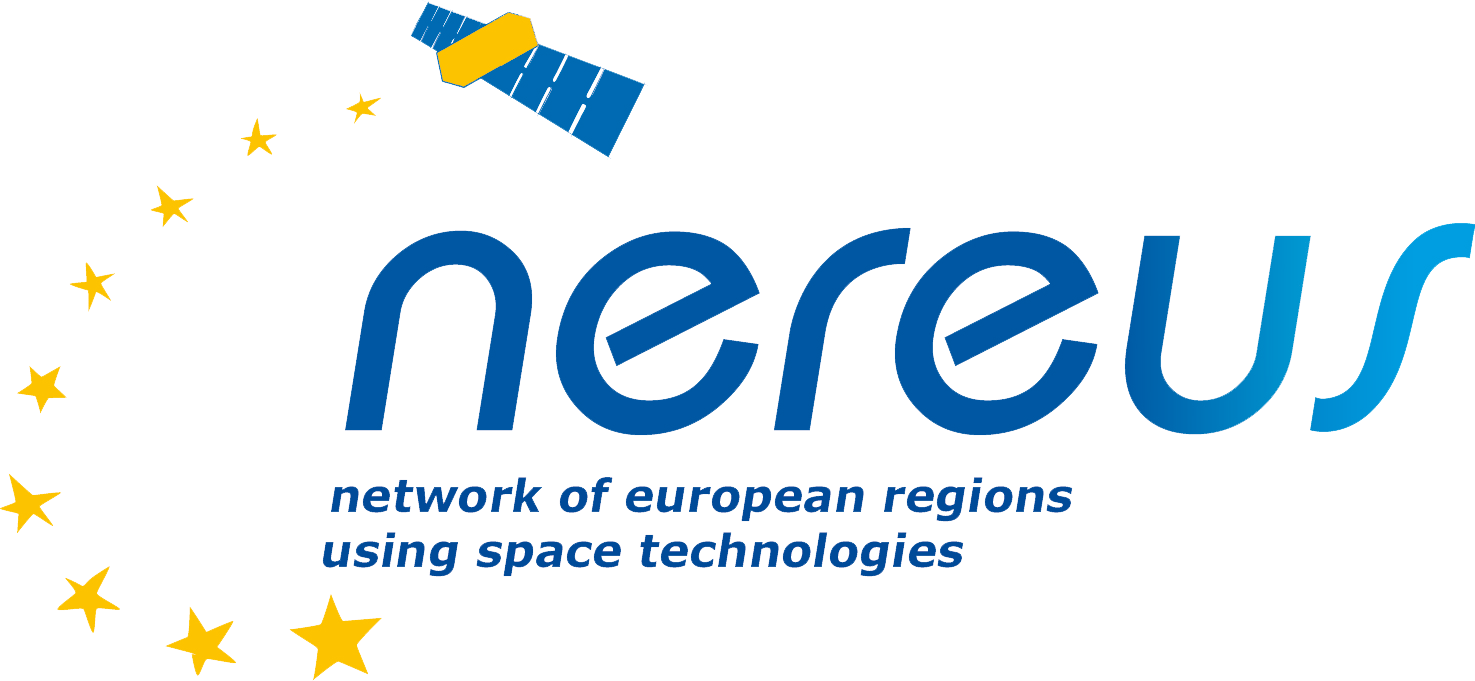We evaluate the thermal behaviour of urban eco-systems to adapt cities to climate change
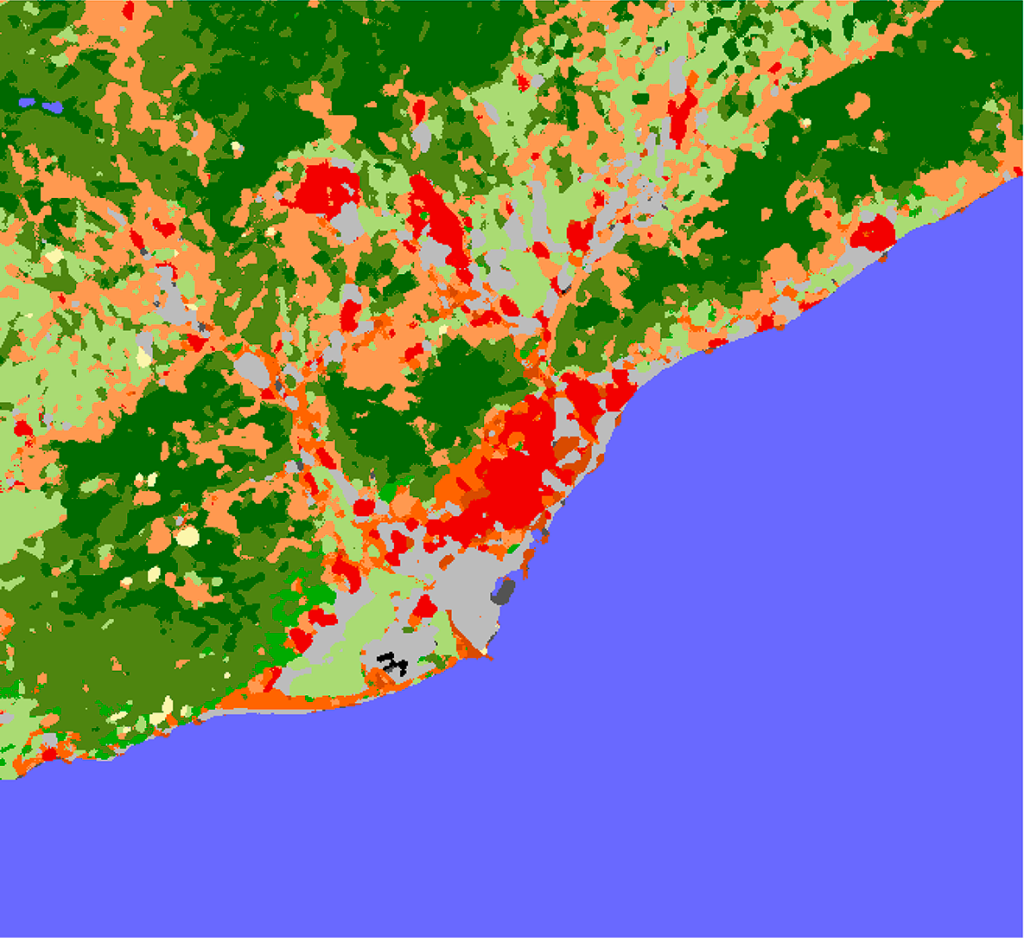
Doctor Jordi Corbera Simon, Head of the Earth Observation Area, Institute Cartographic and Geological of Catalonia (ICGC), Barcelona, Spain
Using earth observation data we can study the thermal response of urban ecosystems to climate change to help develop tools to assess the impact on populations and future urban planning.
Interview
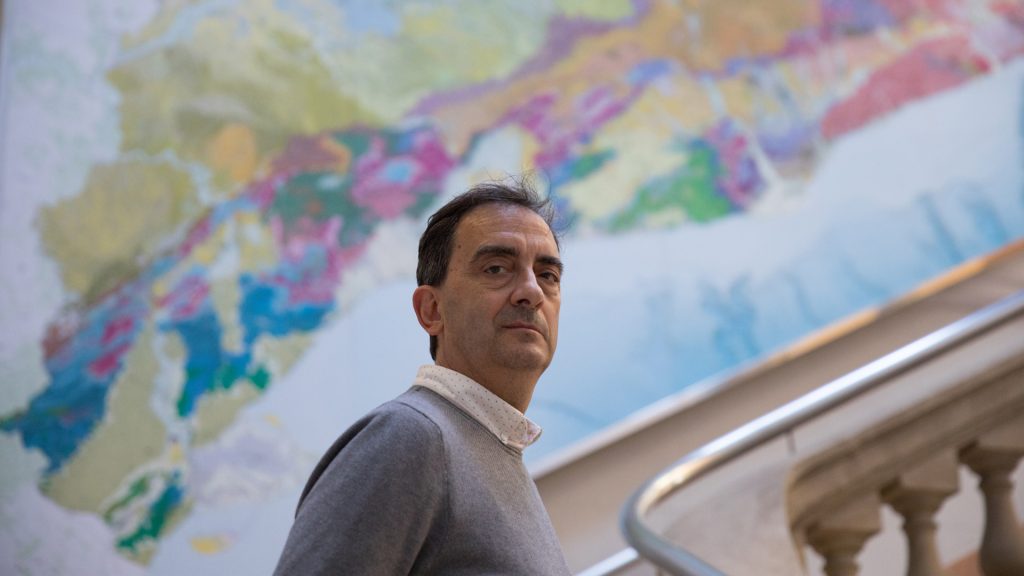
My name is Jordi Corbera and I work for the Cartographic and Geological Institute of Catalonia (ICGC) as Head of Earth Observation. I have a Ph.D. in Physics and over the past 30 years I have been developing products and services based on the transformation of geospatial data, in particular using satellite navigation and earth observation assets.
I started my earth observation activity using satellite imagery to monitor changes to glaciers in Antarctica.
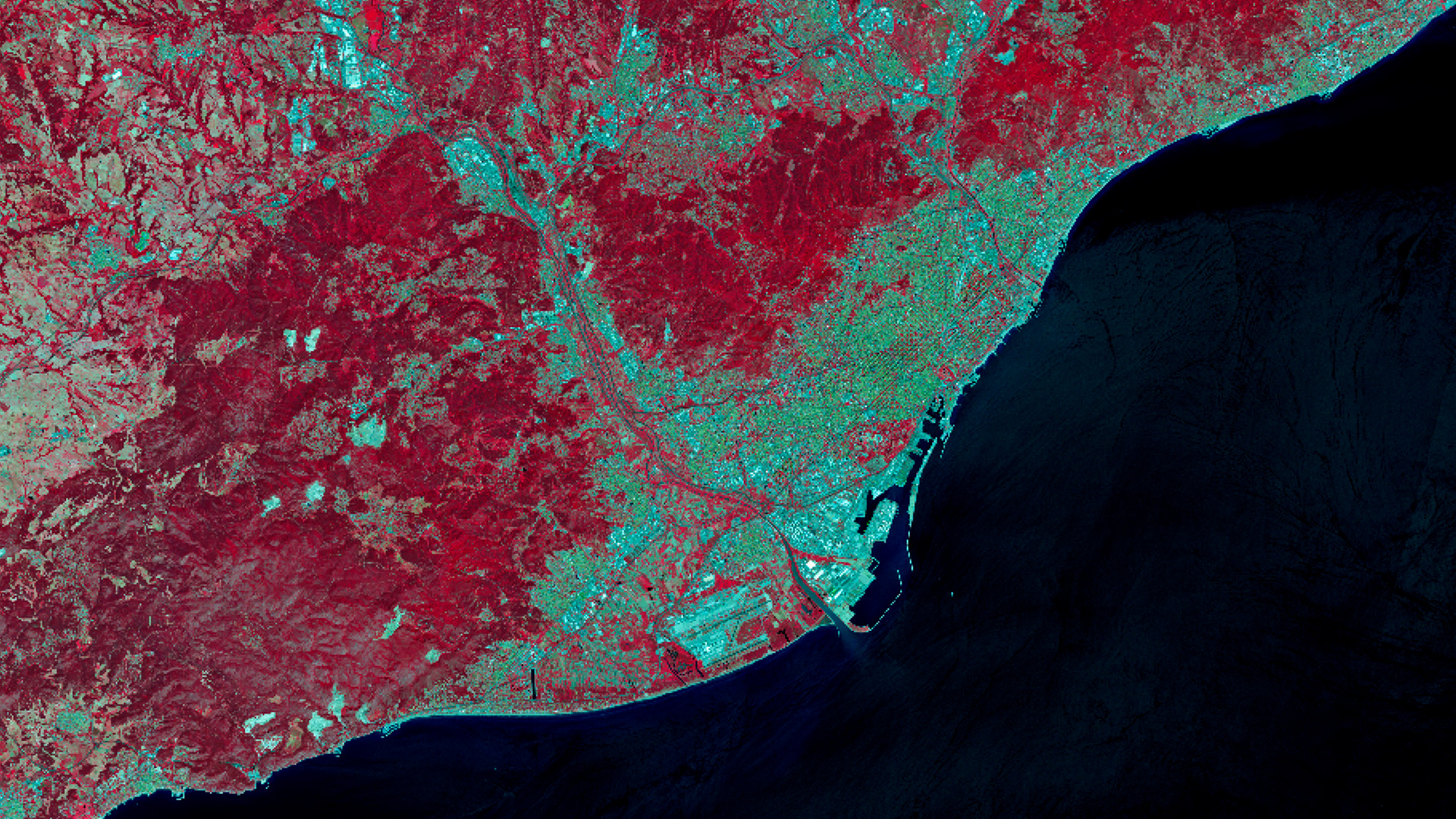
One of the most relevant indicators of climate change are heat waves, which have become increasingly intense over time.
In 2003 more than 70,000 people died because of the heat wave in Europe; urban ecosystems especially suffered.
Barcelona is one of the densest cities in Europe and, due to its a Mediterranean climate, suffers from intense heat waves amplified by its population density and urban morphology, with only 7 square meters per inhabitant of urban green spaces, far below the recommended World Health Organization thresholds.
Using earth observation data we can assess the thermal response of urban ecosystems and integrate this into tools for analysis, prediction and simulation to help draw up climate policy in terms of urban design or population vulnerability. This is an essential tool for decision-makers.
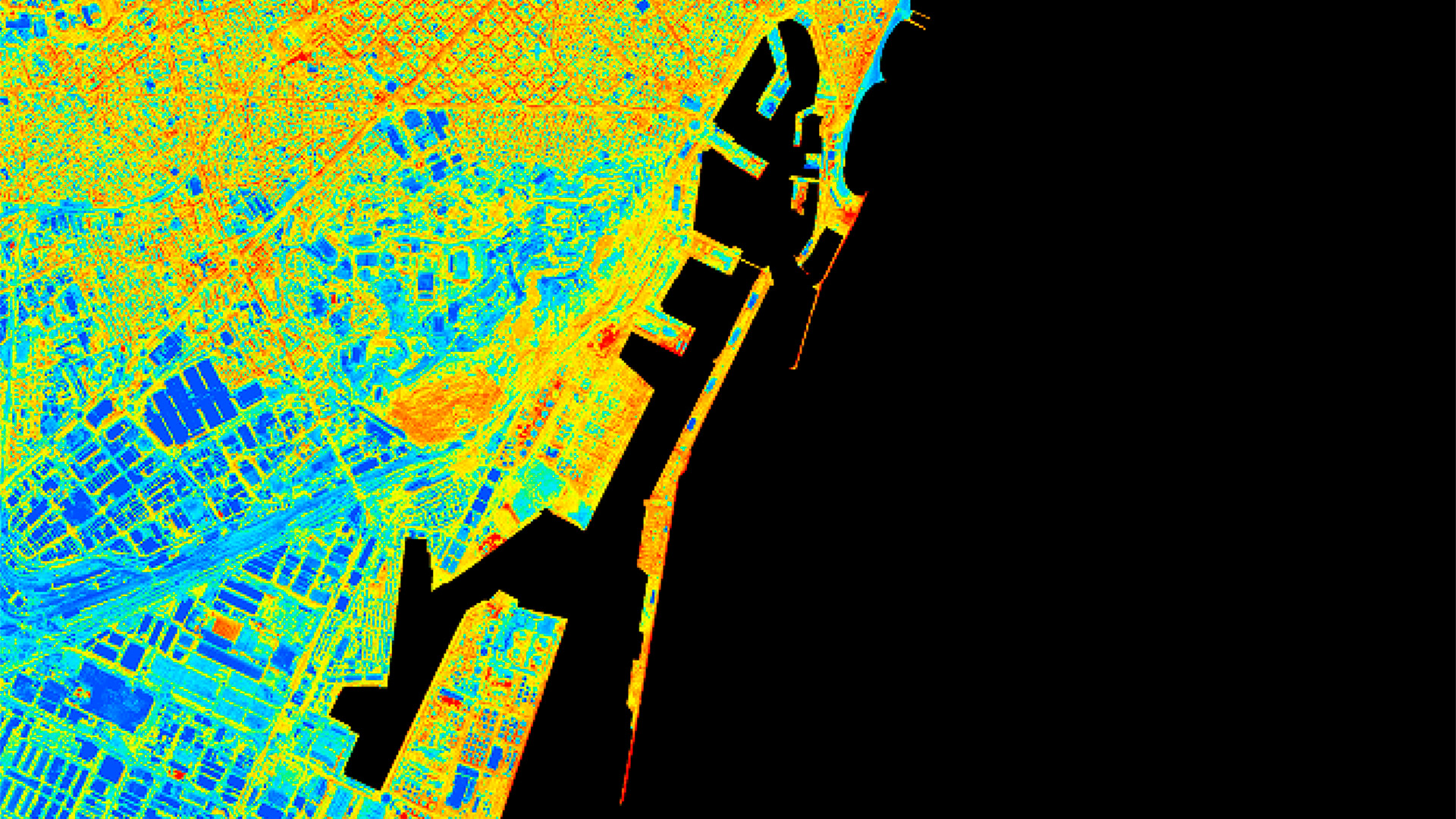
ICGC has developed operational workflows to chart Local Climate Zones and develop new risk and vulnerability maps, using earth observation datasets from space,
in particular from Sentinel 2 and Sentinel 3’s Copernicus European Union programme as well as from airborne platforms.
Using this cartography we can generate maps of populations’ vulnerability to heat waves and combine this information with demographic datasets and urban climate models, increasing the resolution of Copernicus Sentinel-3’s thermal information to a high-resolution 1km to 100m
Our major goals, in my humble opinion, are not to focus on smart cities but on sustainable cities and how we can use data from space to achieve sustainable goals.
My message to visitors is to promote new talents and new vocations to help us develop more innovative solutions to solving the challenges to the planet Earth.
At ICGC we are a team made up of people with backgrounds in geography, topography, physics, engineering, IT, mathematics and biology among others, because space technologies offer us a multidisciplinary vision of our planet.
Gallery
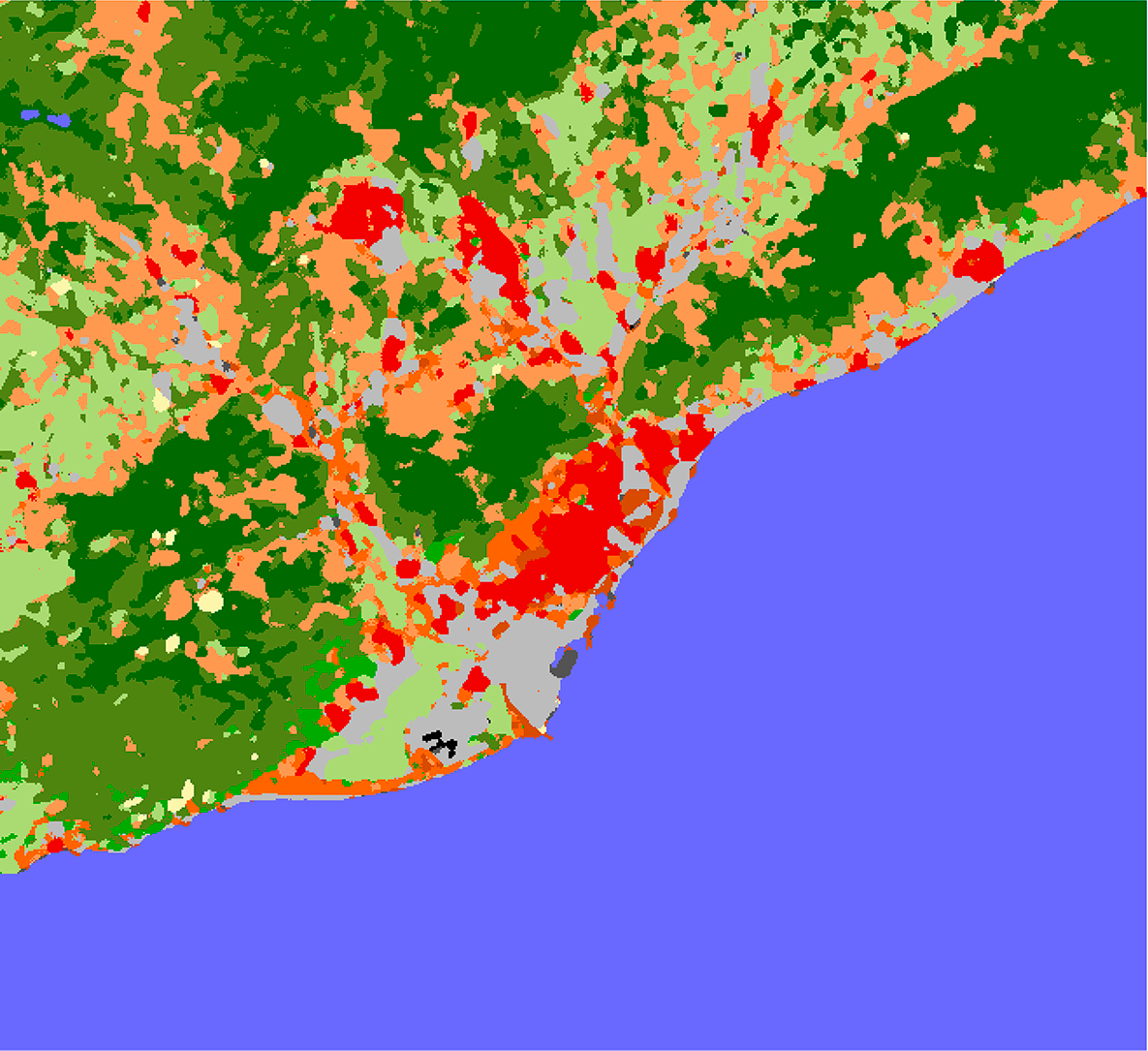
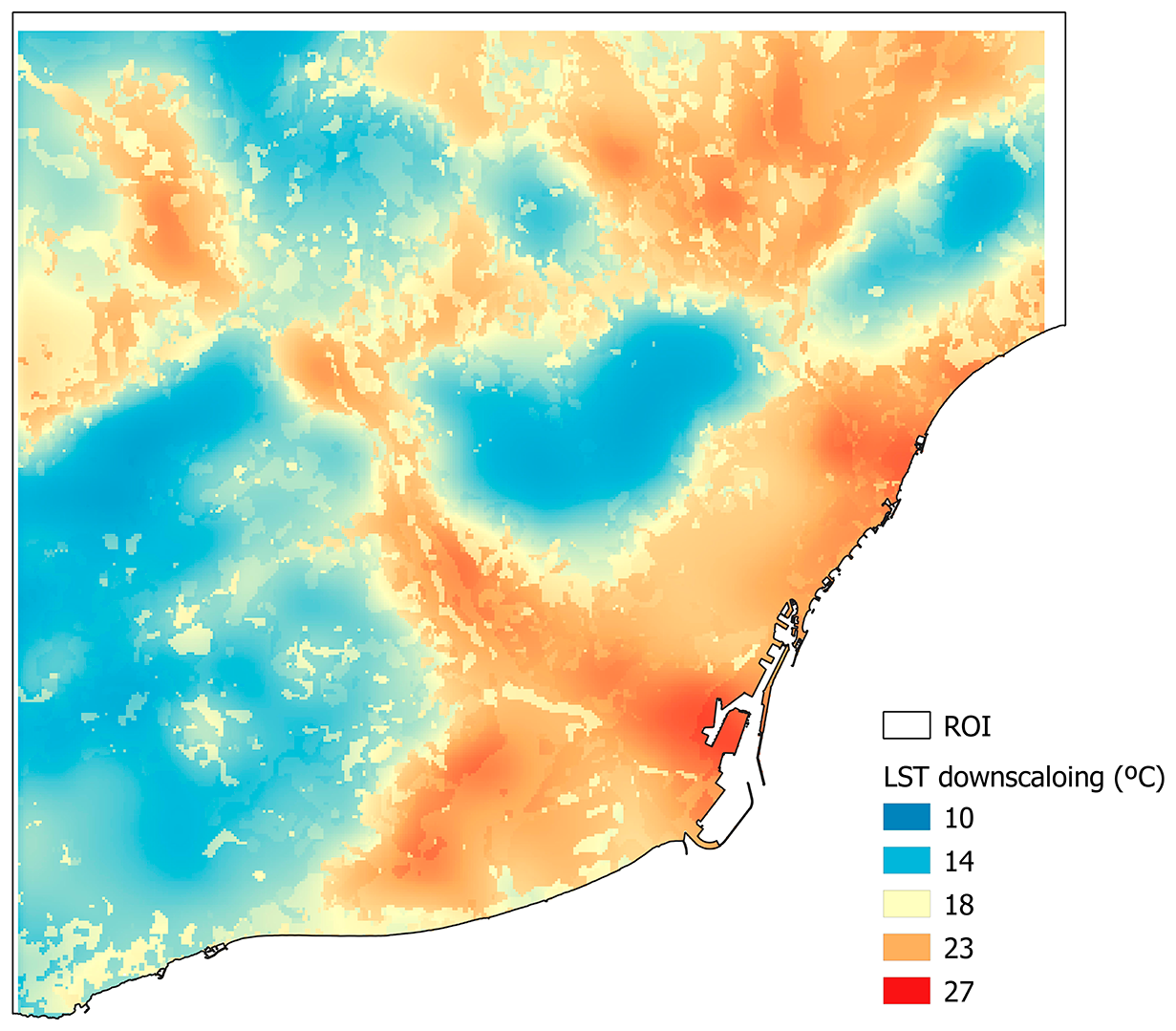
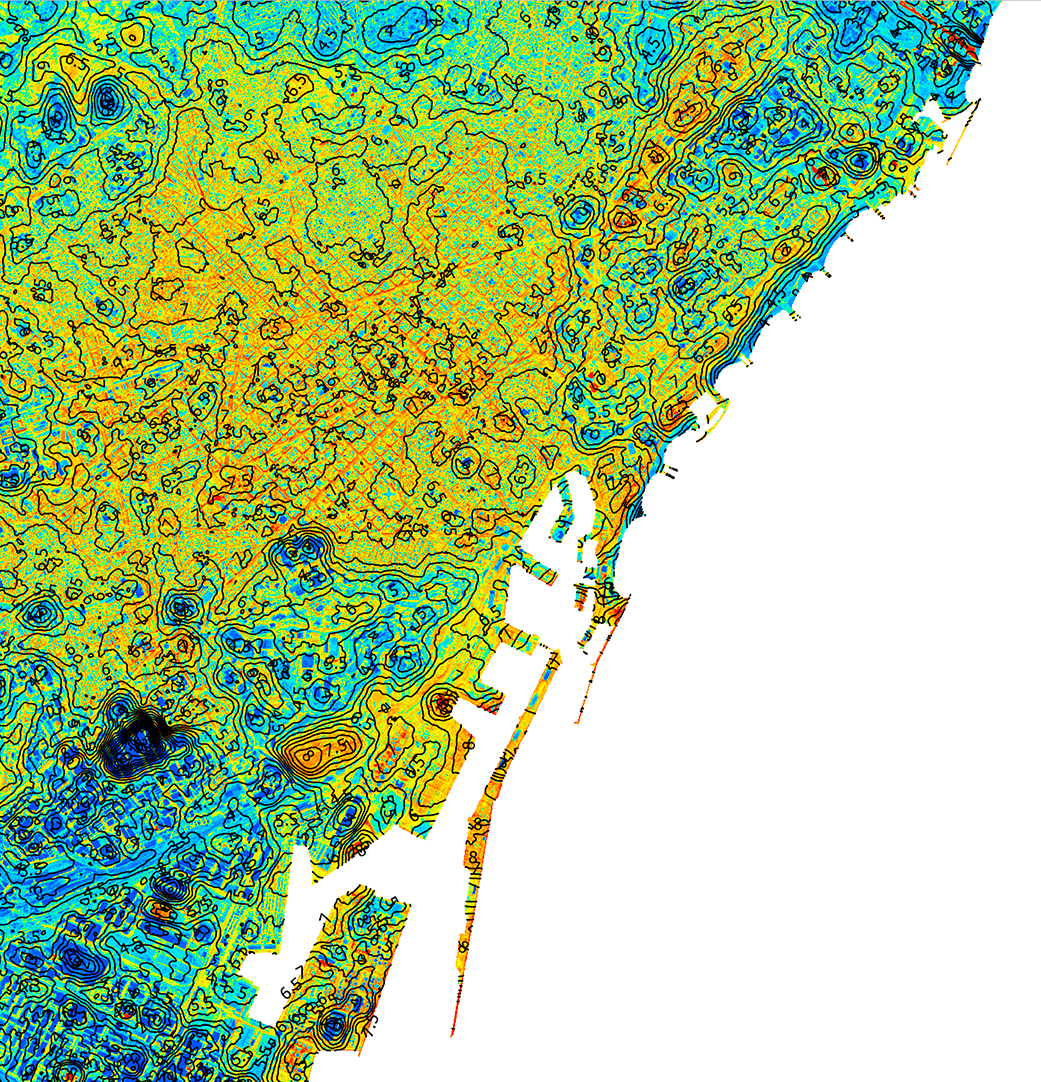
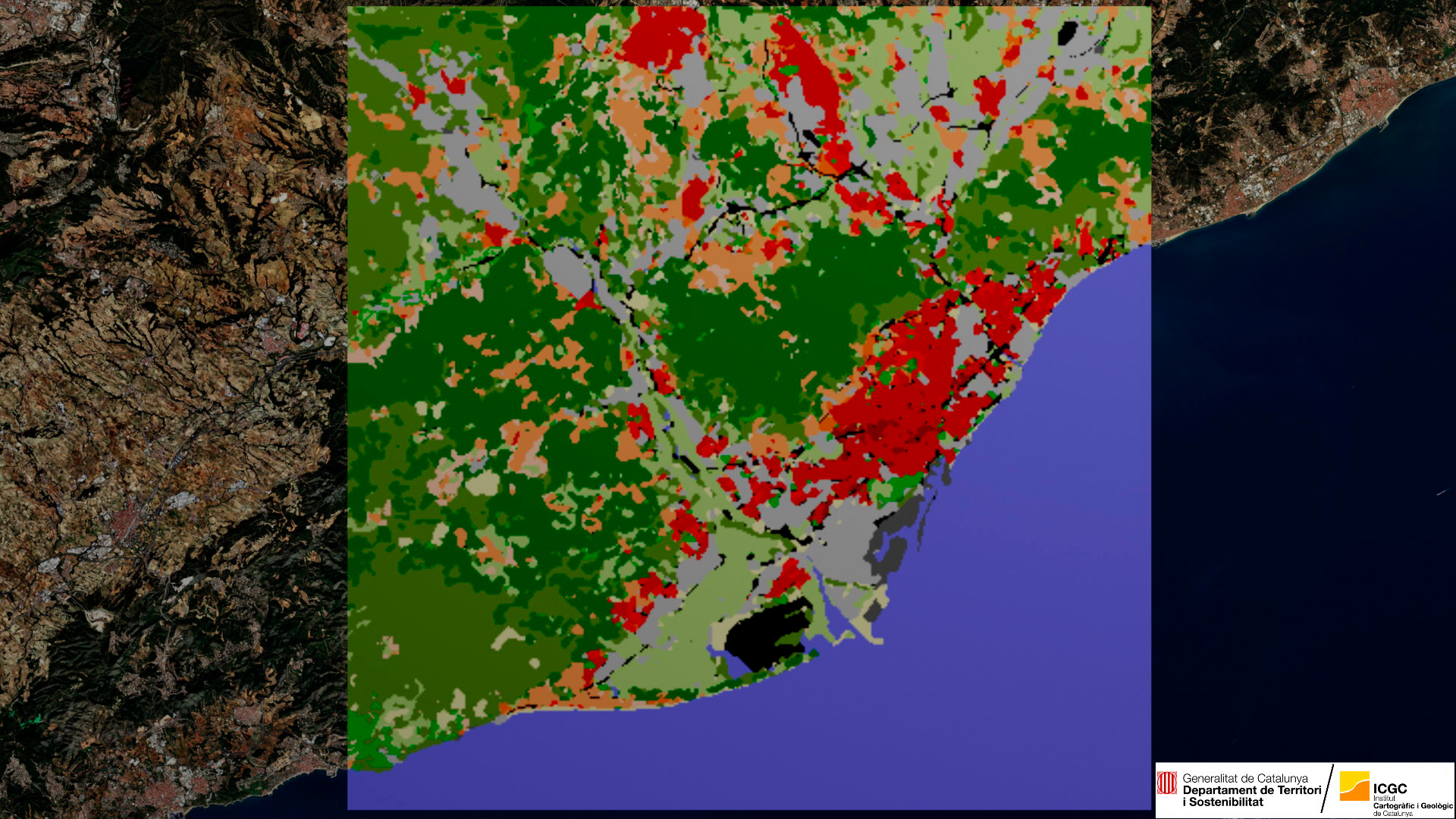
Make cities inclusive, safe, resilient and sustainable
Check out more
